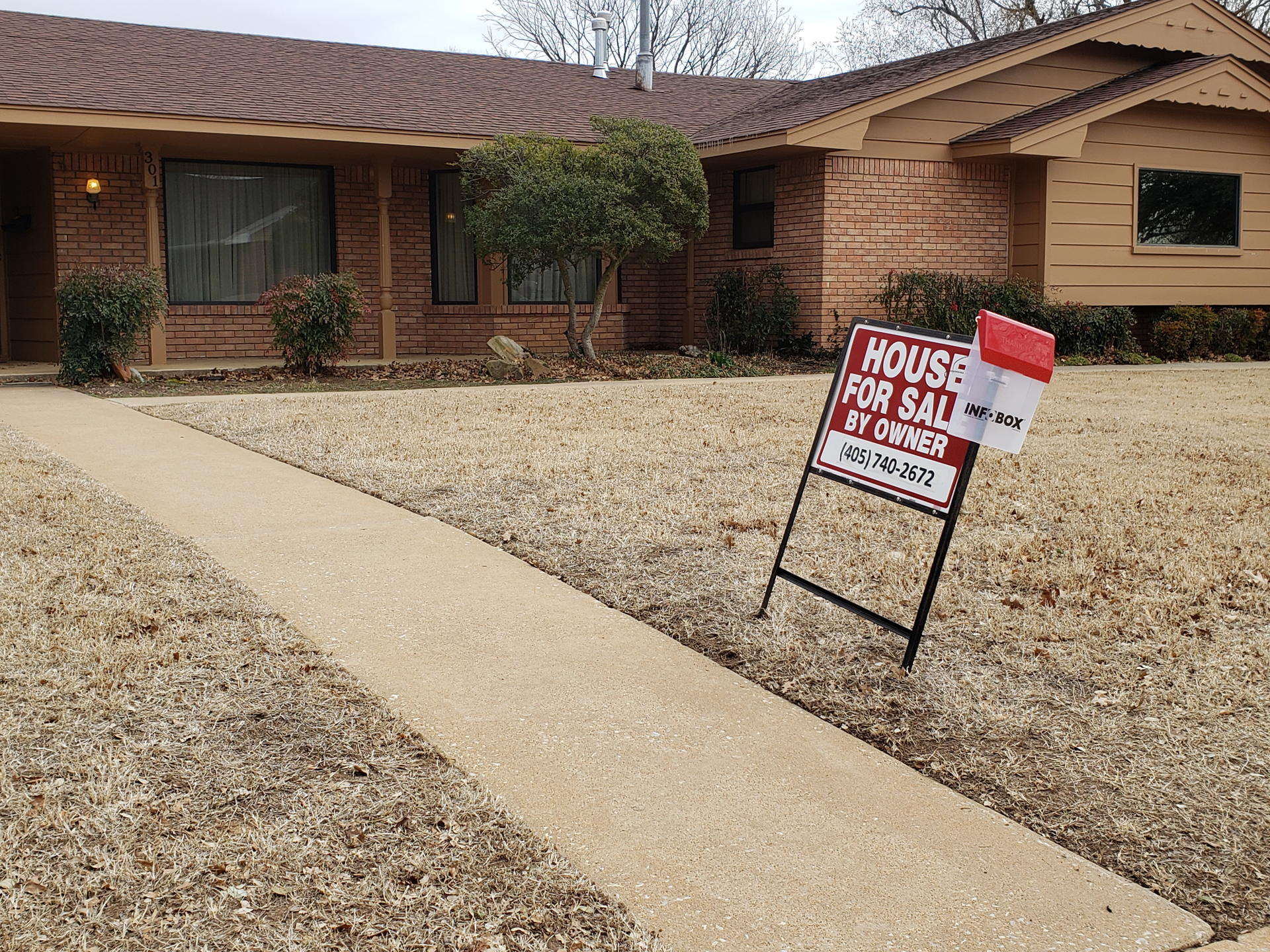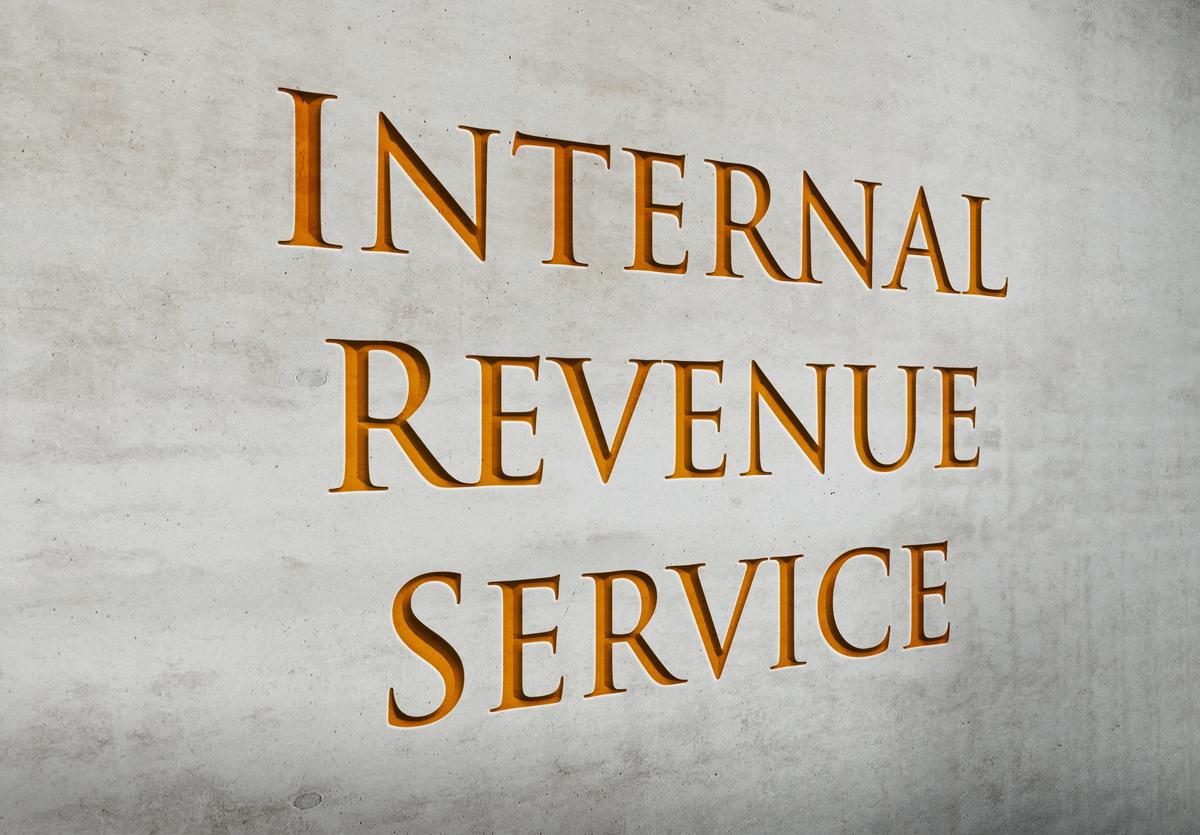As a general rule, you must meet both the strict “ownership and use” tests to qualify for the massive home sale exclusion when you sell your primary residence. But it doesn’t necessarily have to be an all-or-nothing proposition. In fact, you may be in line for a partial exclusion in certain situations.
Basic premise: To qualify for the home sale exclusion, you must have owned and used the home as your principal residence for at least two out of the last five years. The maximum exclusion is $250,000 for single filers and $500,000 for joint filers. In other words, if you’re married and file jointly, you can pocket up to a half million of gain without paying a penny of federal income tax!
Despite the restrictions, a partial exclusion may be available if you sell the home without meeting the two-out-of-five year rule or if you have claimed the exclusion within the last two years. But tax break is allowed only if the home is sold due to a change in employment, a need for medical care or other unforeseen circumstances.
The IRS has issued regulations defining “unforeseen circumstances” for this purpose. The regs list the following occurrences:
- Death;
- Divorce;
- Loss of employment;
- A job change that reduces your ability to pay for the home;
- Multiple births from the same pregnancy;
- Damage from a disaster; and
- Taking of property.
If none of these exceptions apply, the IRS will examine the facts and circumstances of the case. The most important factors are whether the home has become less suitable as a principal residence, if your ability to pay for the home has materially decreased and if the reason for the sale could have been reasonably anticipated when you acquired the place.
The amount of the partial exclusion is equal to the available exclusion amount (a maximum of $250,000 or $300,000, depending on your filing status) multiplied by the percentage of time for which you qualified.
Example: Say you’re a joint filer and you and your spouse have owned and used a home as your principal residence for twelve months. Due to unforeseen circumstances, you’re forced to move, so you sell the home at a $150,000 gain. Unfortunately, you don’t qualify for the full exclusion. But…
You can still salvage a partial exclusion. The appropriate percentage is 50% (12 months divided by 24 months). When you multiply $150,00 by 50%, you arrive at $75,000. Therefore, you can exclude $200,000 of gain from tax and the remaining $75,000 is taxed as a capital gain.
Under the current rules, a short-term gain on property held for a year or less is taxed at ordinary income rates topping out at 37%. Conversely, a long-term gain is taxed at a maximum 15% rate (20% for high-income taxpayers).
Thanks for reading CPA Practice Advisor!
Subscribe Already registered? Log In
Need more information? Read the FAQs
Tags: Tax Planning, Taxes





